A Perfect Eclipse Takes Center Stage at Atlas Obscura’s Ecliptic Festival
Our Hot Springs eclipse hub transformed into a magical celebration of music, art, science, and the cosmos. See for yourself.
As storms rolled across the United States on April 8, cities along the path of the 2024 solar eclipse started growing anxious. Texas: cloudy. Pennsylvania and New York: rain. Arkansas: Will it or won’t it thunderstorm? For many within any kind of driving distance of totality, they had spent weeks, even months planning for a celestial phenomenon that could now be taken away as quick as lightning.
Yet Hot Springs found itself in a patch of sunny luck all weekend, and attendees of Atlas Obscura Ecliptic Festival marveled again and again at how fortuitous the four-day fest turned out to be. From Friday through Monday evening, the days had been filled with sunshine, a cool breeze, hula hoops, telescopes, ethereal harps, many sparkles, and unbelievable skies.

The weather seemed to remind everyone of their tiny place on Earth in the enormous cosmos. Wind added to Blonde Redhead’s performance, streaming Kazu Makino’s hair as she danced in tandem with the crowd. Festivalgoers soaked up the sun on blankets spread around a field well before Fred Armisen started his comedy set on Sunday. During the warmest parts of the day, people relished the shade from tall pine trees surrounding the stage where Adam Savage entertained an overflowing crowd that spilled from the stands onto every shady patch of earth.
And as the final climactic performance on Monday, Angel Olsen essentially summoned in a majestic thunderstorm with her spell-casting voice. The dark nimbus clouds grew on the opposite side of a glowing sunset, forming silently behind Olsen as if she herself were the calm before the storm. Still, the audience hung on till the very last mesmerizing note, moments before rain drops signaled the final curtain.
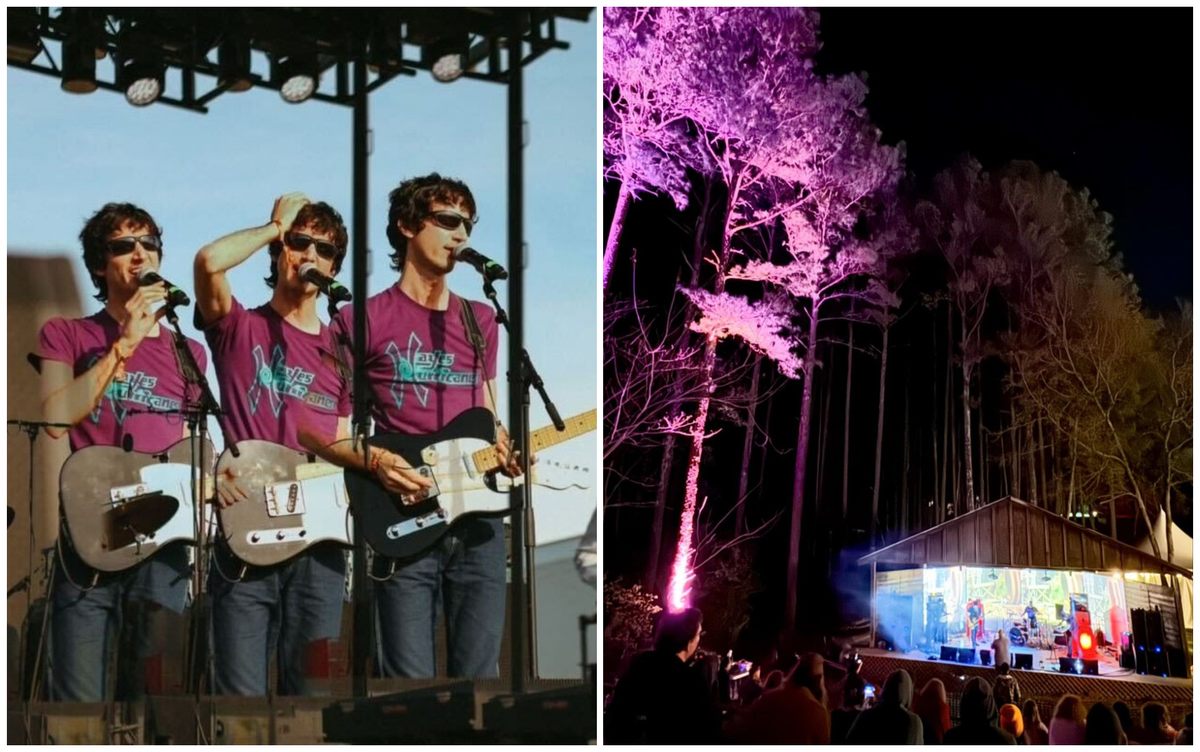
Of course, the biggest reminder that the skies are beyond human control came earlier on the festival’s final day: the eclipse itself. After whooping and crying out when the moon fully blocked out the sun at about 1:50 p.m., attendees grew quiet for more than three minutes of darkness. Only a bit of orange glow rimmed the hilly horizon in all directions, like a sunset in 360 degrees, while the sky and ground grew darker than twilight. In the center of it all, a black hole rimmed in light seemed to punch out the sky.
Bystanders three days before had wondered aloud about the fuss surrounding the eclipse, musing whether totality made a difference. Seeing everyone’s shock—people who knew what was coming and still couldn’t believe it—it was clear: Partial eclipses are interesting, but totality, night in the middle of the day, is transformative. Here are some images from that day to share the feel of the metamorphosis.

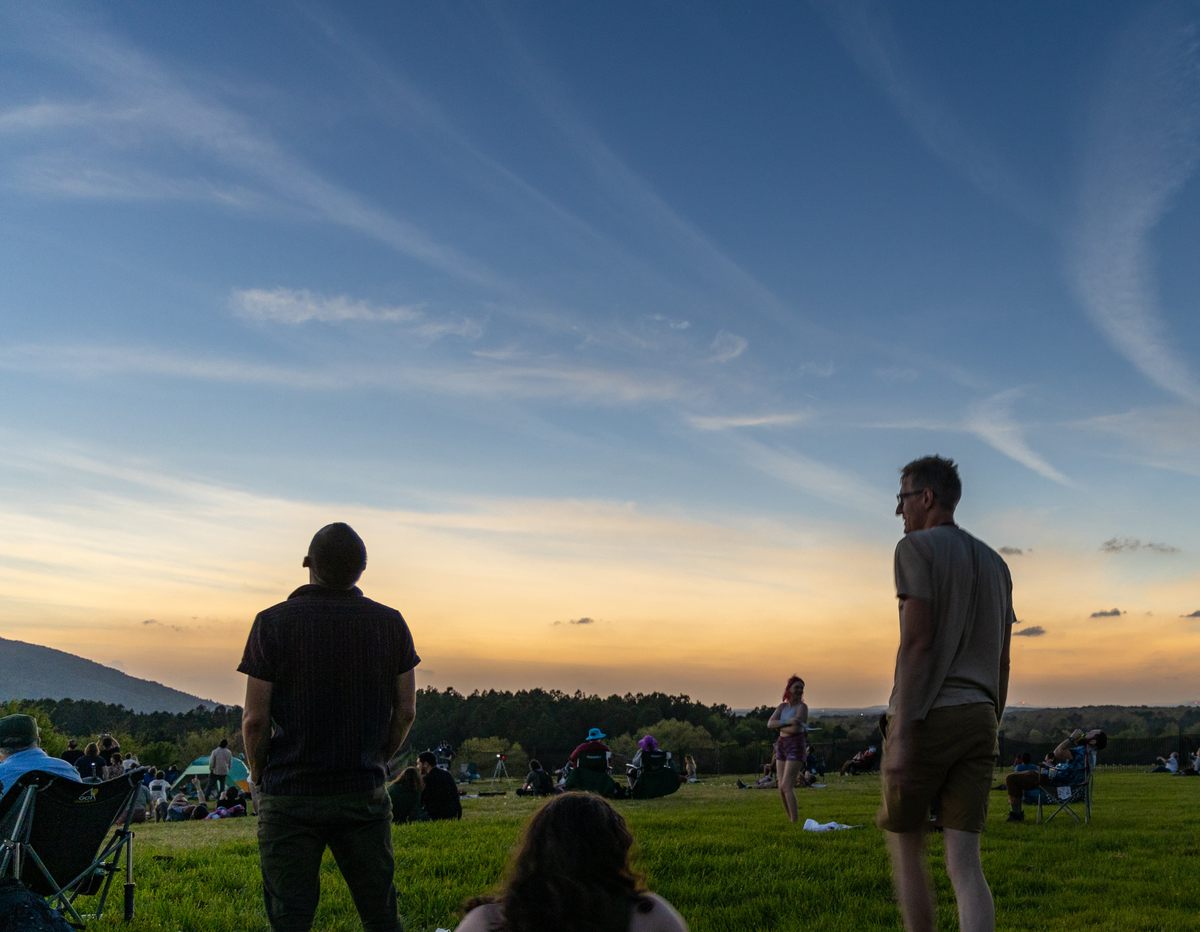

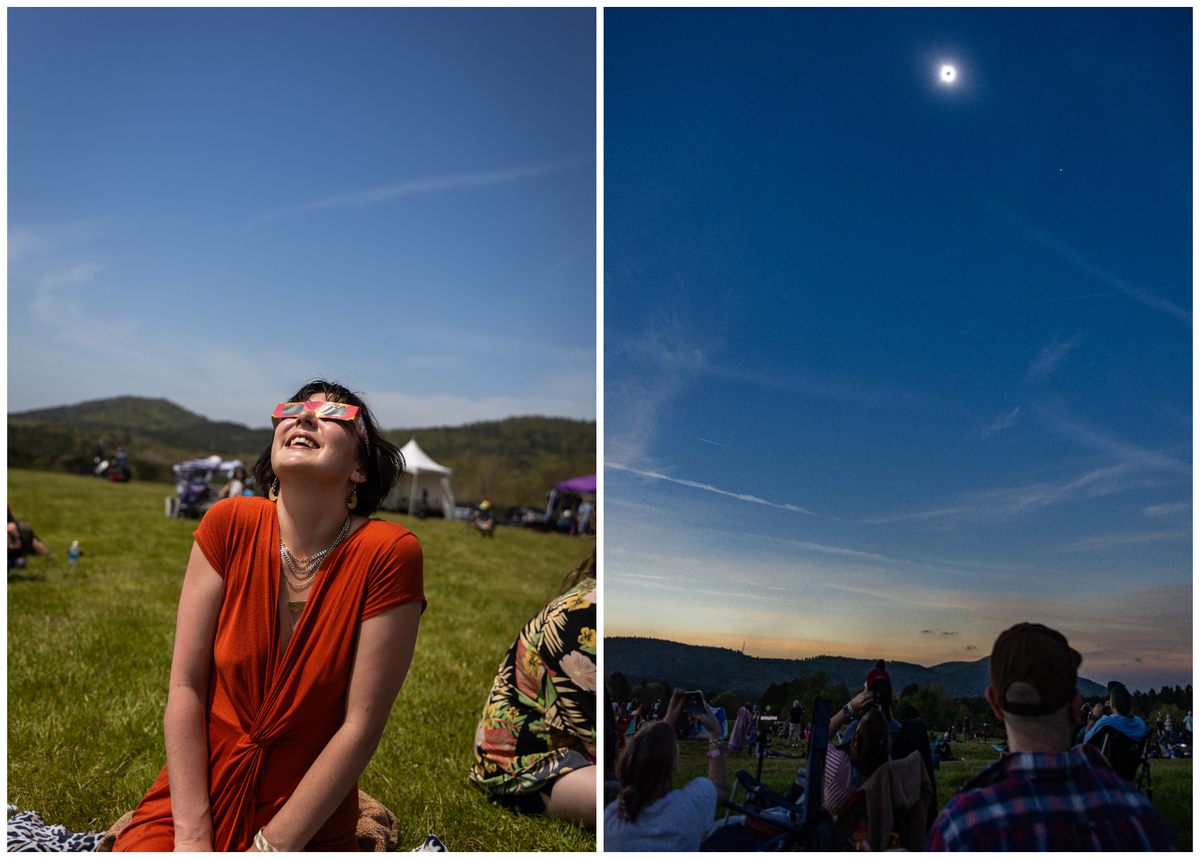



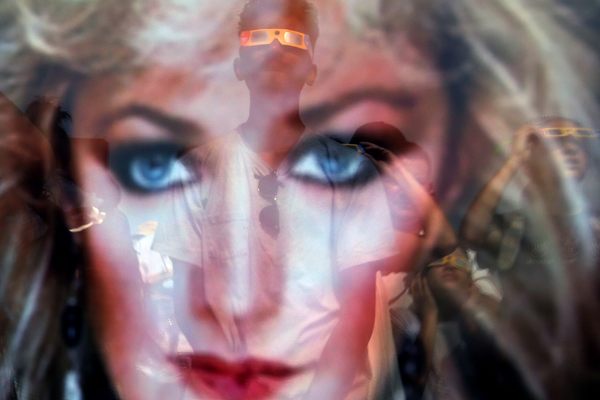
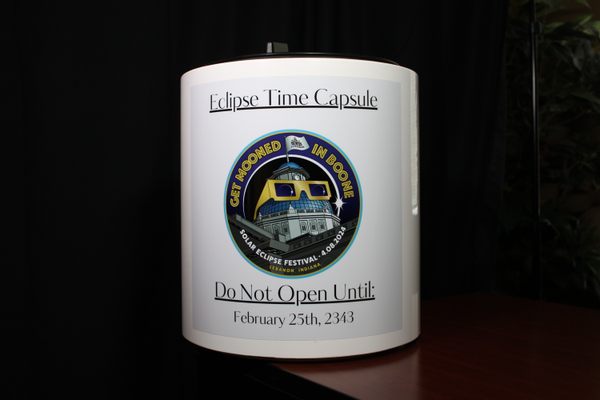
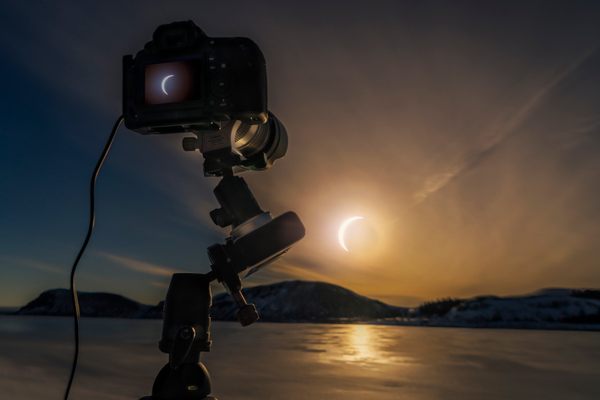
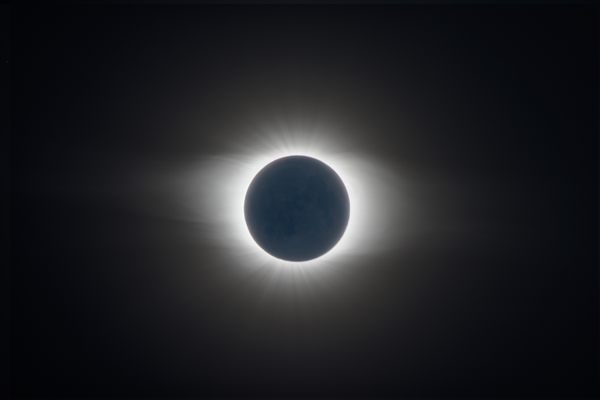







Follow us on Twitter to get the latest on the world's hidden wonders.
Like us on Facebook to get the latest on the world's hidden wonders.
Follow us on Twitter Like us on Facebook